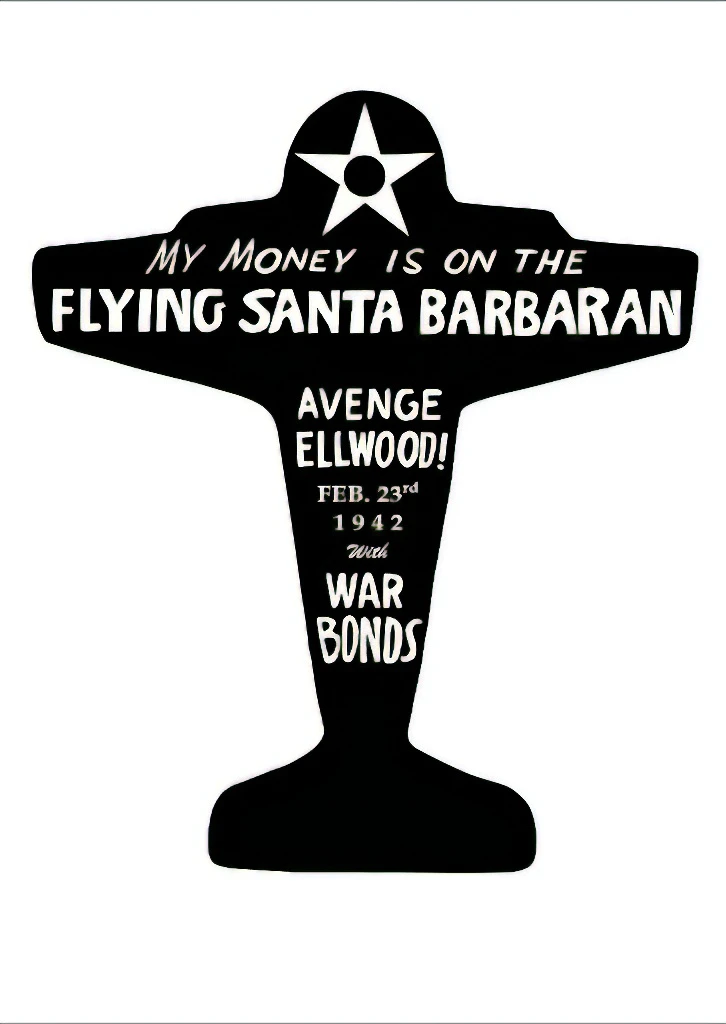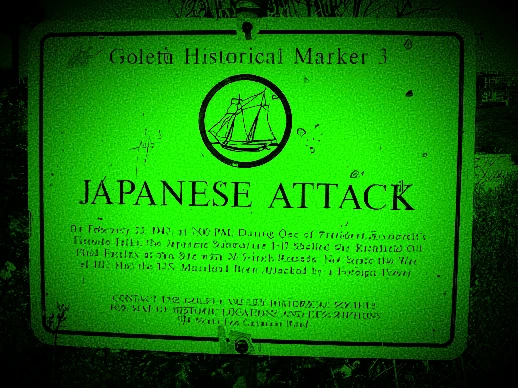The notion that Japan attacked the continental United States during World War II, beyond the well-documented and infamous attack on Pearl Harbor, may seem more like a fragment of an alternate history novel than fact. Yet, it is grounded in real events that stirred significant fear and had a tangible psychological impact on the American public during the war.
Fast Track:
TL;DR
In the immediate aftermath of Pearl Harbor, the Japanese Navy launched a series of submarine operations aimed at the U.S. West Coast. This campaign was not only intended to disrupt American maritime activities but also to sow fear and panic among the civilian population, exploiting the jitteriness that had taken hold after December 7, 1941. Japanese submarines, including the I-17 and others, prowled the Pacific coast from California to Oregon, occasionally engaging in direct confrontations with American shipping and even shelling shore installations.

One particularly audacious act of this campaign was the shelling of the Ellwood Oil Field near Santa Barbara, California, by the I-17 on February 23, 1942. This event marked the first time since the War of 1812 that the continental U.S. had come under enemy fire. The submarine, under the command of Lieutenant Commander Nishino, fired over a dozen shells which caused minor damage to the oil field infrastructure but had a disproportionate impact in terms of public reaction. This attack on American soil exacerbated invasion anxieties and sparked a wave of fear along the West Coast.

Following this, another significant incident, often mired in myth and mystery, is the “Battle of Los Angeles,” where perceived threats from an unidentified object led to a massive anti-aircraft artillery barrage over the city on the night of February 24-25, 1942. This event, fueled by the tensions and paranoia of the time, saw hundreds of anti-aircraft rounds fired into the night sky at reported but unverified aerial targets. No enemy aircraft were ever confirmed to have been involved, leading to speculations ranging from false radar readings to the influence of war nerves.
TL;DR
- 🌐 Submarine Incursions: Japanese submarines actively patrolled the U.S. West Coast, engaging in sporadic attacks on maritime and shore targets, aiming to disrupt and demoralize.
- 📅 Ellwood Shelling: The February 23, 1942, attack on the Ellwood Oil Field by submarine I-17 marked a direct assault on U.S. soil, escalating fears of further Japanese operations on the mainland.
- 🚀 Battle of Los Angeles: This incident exemplifies the war-induced paranoia and confusion prevalent among the U.S. public and military, with anti-aircraft guns firing at presumed but unseen adversaries.
- 🔍 Psychological Warfare: These actions by Japanese forces were as much about psychological impact as they were about physical damage, aiming to capitalize on American fears of invasion.
- 📝 Historical Impact: These events underscore the broader strategy of the Japanese Navy to extend the geographical scope of the conflict and test American defenses on the Pacific coast.
These episodes, while minor in terms of physical damage compared to other World War II theaters, played a significant role in shaping American wartime policies and perceptions. The fear of invasion and the reality of the global conflict were brought directly to the American homeland, affecting both military strategies and civilian morale.
